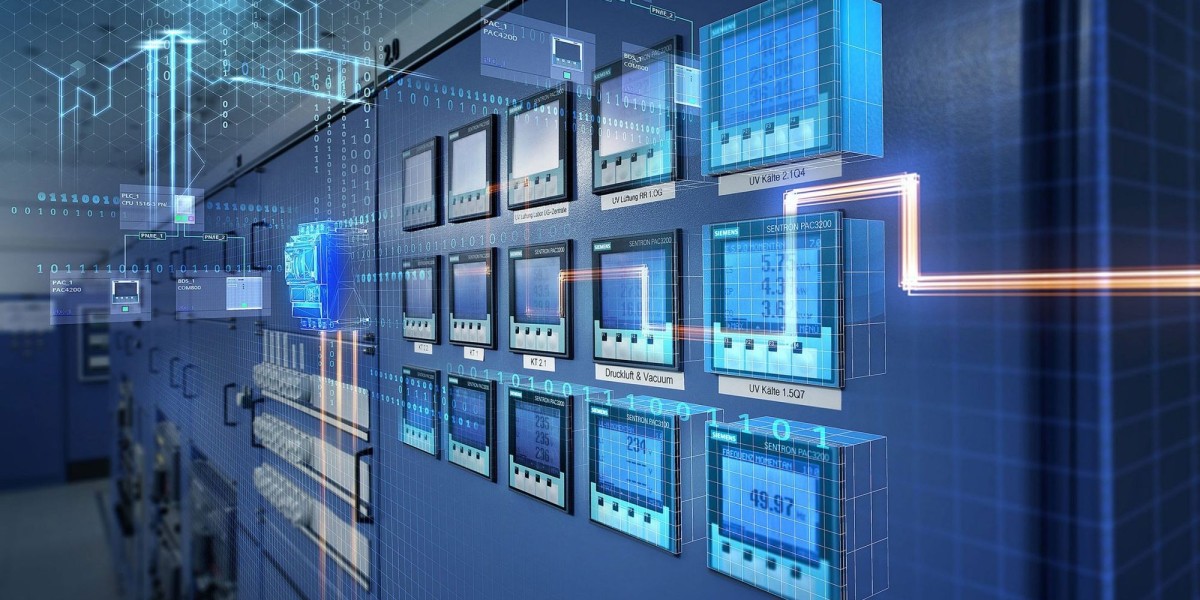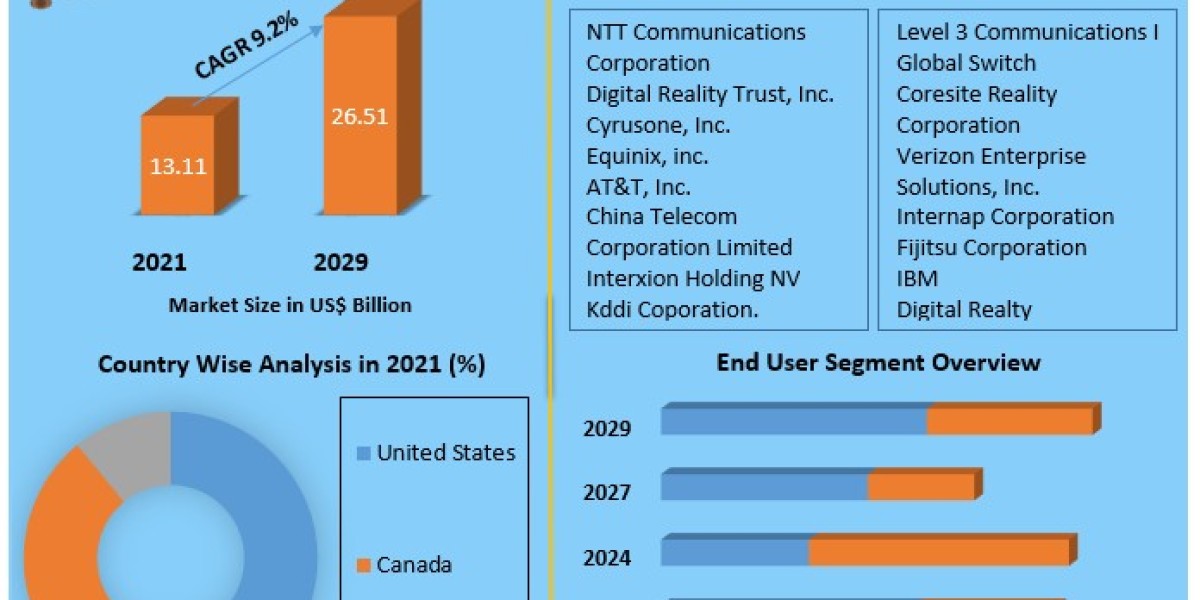What Are SCADA Systems?
Supervisory control and data acquisition (SCADA) systems are specialized computer systems that monitor and control industrial, infrastructure, or facility-based processes. In the power industry, SCADA systems provide centralized monitoring and control of electrical networks and infrastructure from a control center. They collect real-time data from remote equipment like power generators, transmission lines, substations, and distribution lines. This data is then analyzed and used to detect or respond to issues like power outages or emergencies.
SCADA systems use programmable logic controllers (PLCs) or remote terminal units (RTUs) located at remote sites to interface with electrical equipment and sensors gathering data on things like voltage, power load, equipment status, and environmental conditions. The gathered information is transmitted back to a centralized control center via a communication infrastructure, typically through networks, telephone lines, microwave, satellite, or dual radio. At the control center, operators can supervise and control field equipment using SCADA interface applications on networked computers or workstations. Some key functions performed include switching equipment like circuit breakers, monitoring generation levels, load balancing across grids, and issuing control commands in emergency situations.
How SCADA Improves Grid Operations and Reliability
The use of Power SCADA systems has provided numerous benefits to utility companies and power system operations. Real-time monitoring of networks from a central location allows operators to rapidly detect and diagnose issues affecting service. Quick recognition of faults or overloads helps reduce the impact of outages by pinpointing problem areas for faster restoration of service. SCADA also facilitates centralized remote operation of grid infrastructure like switching substations online or offline to route power. This improves flexibility to reroute power in emergencies or maintenance scenarios.
The data collection abilities of SCADA are invaluable for transmission scheduling, load forecasting, and power market operations. Meter readings, generation levels and load profiles give operators insights into network capacity and electricity demand patterns. They can do optimal power dispatch to generation units based on economics. Remote access also enables power utilities to defer capital costs by upgrading aging infrastructure over time instead of all at once. Expandable SCADA systems support integrating renewable energy sources into grids by balancing variable energy inputs. Overall, its capabilities have significantly enhanced power system reliability, efficiency, safety and resilience against disruptions.
Cybersecurity Challenges for SCADA in Power Infrastructure
While SCADA systems have provided clear benefits, their introduction has coincided with new cybersecurity risks that utilities must address. The networked nature of SCADA and its integration into business systems exposes it to both internal and external threats. Remote access ports into control centers pose attack surfaces if not properly secured. Commonly exploited vulnerabilities include weak authentication, lack of access controls, and failure to update aging SCADA protocols no longer receiving security patches.
Successful cyberattacks on SCADA could potentially disrupt electrical service and even endanger public safety. Denial of service assaults overwhelm control center resources, while malware can sabotage equipment operation. Stuxnet showed how a virus could reprogram PLCs undetectably. Substations have been broken into physically, and spear phishing targets control engineers. Some recent ransomware variants like Industroyer also aimed disruptive payloads specifically at industrial control systems. Given utilities operate critical national infrastructure, these threats cannot be underestimated.
Proactive security measures have grown necessary with evolving cyber risks. Network segmentation via firewalls and DMZs helps isolate SCADA networks. Strict authorization controls restrict access, while patch management addresses vulnerabilities. Anomaly detection software monitors for intrusions, and test disaster recovery plans ensure resilience against cyber incidents. Red team penetration testing identifies weak points. Overall, a defense-in-depth posture balancing availability, integrity and confidentiality is required to safeguard modern power SCADA and protect national grids from cyber-sabotage risks. Continued research enhances industrial control system security year after year through improvements like secure authentication, encryption and component tamper detection.
Future of Power SCADA and the Smart Grid Vision
As the power industry evolves towards greater digitization and smarter grid technologies, advanced SCADA will remain relevant in network operations. However, the types of data being collected and applications are broadening. Integration of distributed energy resources, bidirectional power flows, and demand response means traditional central generation-focused SCADA must adapt. Emerging technologies leverage Internet of Things (IoT) and analytics in areas like predictive maintenance, equipment monitoring, conservation voltage reduction, outage management and microgrid control.
Edge computing deployments distribute processing capacity to network edges, supporting real-time applications. This includes distributed ledger technologies leveraged for peer-to-peerenergy trading and tracking renewable energy credits. Advanced metering infrastructure and smart devices will feed enormous volumes of time-series sensor information. SCADA systems must efficiently handle high data velocities and volumes, with analytics and visualization tools helping operators make sense of it all. Distributed control architectures may see applications dispersed between regional control centers each handling zones. Meanwhile cybersecurity must constantly strengthen through practices like zero trust networking, blockchain-backed attestation and homomorphic encryption preserving data privacy.
as digitization accelerates, future SCADA Roadmaps seek fulfilling the smart grid vision of optimizing assets and consumer experience end-to-end. This will involve integrating utility back-end enterprise systems smoothly with IoT/OT frontier technologies enhancing grid visibility, flexibility, resilience and efficiency for decades ahead. However, foundational SCADA capabilities around monitoring, protection and control will remain central to ensuring power system reliability as transformations occur. System modernization hence focuses on both upgrading legacy infrastructure responsibly while pioneering innovative directions for this critical sector.
Get more insights on Power SCADA Market
Unlock More Insights—Explore the Report in the Language You Prefer
Alice Mutum is a seasoned senior content editor at Coherent Market Insights, leveraging extensive expertise gained from her previous role as a content writer. With seven years in content development, Alice masterfully employs SEO best practices and cutting-edge digital marketing strategies to craft high-ranking, impactful content. As an editor, she meticulously ensures flawless grammar and punctuation, precise data accuracy, and perfect alignment with audience needs in every research report. Alice's dedication to excellence and her strategic approach to content make her an invaluable asset in the world of market insights.
(LinkedIn: www.linkedin.com/in/alice-mutum-3b247b137 )



